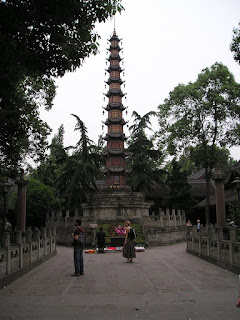During one of the breaks inbetween rehearsals and performances I had a chance to briefly check out a bit of the old town center. This first photo is of De Waag (or the weigh), which I believe is a café now.

 This one above is the West-Fries Museum (part of North Holland is or was formerly known as West Friesland).
This one above is the West-Fries Museum (part of North Holland is or was formerly known as West Friesland).Besides these, I also found some of the lanes and streets interesting just for their winding-ness and strange angles.


 I don't know what building below this is, but I liked the facade.
I don't know what building below this is, but I liked the facade.
Scenic as Hoorn might be, most of my time was spent in the Park Theater, which sits on the Westerdijk. It's one of these settings that I think you cannot find anywhere else in the world, because about 10 feet below the theater on one side of the dike is the IJsselmeer, and about 20 feet below the dike on the other side is a residential area of Hoorn! The contrast in heights is really striking. You see quite clearly how far below water level the residences are.

Here are just a few interior shots in the theater. The first is of the orchestra pit, complete with musicians, and the second is looking up into the theater itself.














































